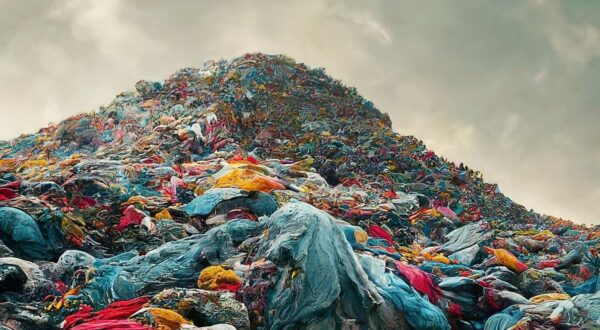The Environmental Impact of Fast Fashion Pollution: Unveiling the True Cost
In the bustling world of fashion, trends change faster than seasons. What we wear today might be out of style tomorrow, thanks to the rapid turnover of collections and the allure of cheap, trendy clothing. This phenomenon, known as fast fashion, has revolutionized the industry, making trendy apparel accessible and affordable to the masses like never before. However, hidden beneath the glamour and convenience lies a significant environmental cost that is increasingly difficult to ignore.
The Rise of Fast Fashion Pollution:
Fast fashion emerged as a response to consumer demand for stylish clothing at budget-friendly prices. Brands like Zara, H&M, and Forever 21 mastered the art of quickly producing inexpensive garments inspired by the latest runway looks. This model relies on swift production cycles and global supply chains to deliver new designs to stores in a matter of weeks, encouraging consumers to constantly update their wardrobes with the latest trends.
The Environmental Toll:
While fast fashion satisfies our desire for novelty and affordability, its environmental footprint is alarming. Here’s how:
1. Resource Depletion and Pollution:
Fast fashion’s rapid production cycle demands vast amounts of natural resources, from water and energy to raw materials like cotton and synthetic fibers. The intensive cultivation of cotton, often using pesticides and fertilizers, depletes soil quality and contributes to water scarcity in regions already facing environmental stress. Additionally, the production of synthetic fibers like polyester releases microplastics into waterways, further polluting ecosystems.
2. Textile Waste:
The attraction of inexpensive clothing perpetuates a culture of disposability, where garments are often discarded after minimal wear. According to the Environmental Protection Agency (EPA), the average American discards around 70 pounds of clothing and textiles annually, much of which ends up in landfills or incinerators. Synthetic fibers can take hundreds of years to decompose, exacerbating environmental degradation.
3. Carbon Footprint:
The global supply chains of fast fashion brands involve extensive transportation, often across continents. This results in significant greenhouse gas emissions from transportation and manufacturing processes. According to the Ellen MacArthur Foundation, the fashion industry contributes around 10% of global carbon emissions – more than international flights and maritime shipping combined.

The Way Forward: Sustainable Fashion:
Amidst growing awareness of its environmental impact, the fashion industry is slowly shifting towards sustainability. Here are some promising trends and practices:
1. Slow Fashion Movement:
The slow fashion movement encourages consumers to buy fewer, higher-quality garments that are ethically produced and designed to last. This contrasts with the disposable nature of fast fashion, promoting a more mindful approach to consumption.
2. Ethical and Transparent Practices:
Consumers are increasingly demanding transparency from brands regarding their supply chains and production processes. Ethical fashion brands prioritize fair labor practices, minimize environmental impact, and embrace sustainable materials and manufacturing methods.
3. Circular Economy Initiatives:
Circular fashion aims to close the loop on textile waste by designing products for longevity, recycling materials, and promoting garment resale and rental platforms. Brands are exploring innovative solutions to reduce waste and extend the lifespan of clothing.
Conclusion:
While fast fashion offers affordability and accessibility, its environmental consequences cannot be ignored. As consumers, we have the power to drive change through our purchasing decisions. By supporting sustainable and ethical fashion practices, we can reduce the industry’s ecological footprint and promote a more environmentally conscious approach to dressing. Together, we can redefine fashion as a force for good, one conscious choice at a time.
FAQs:




